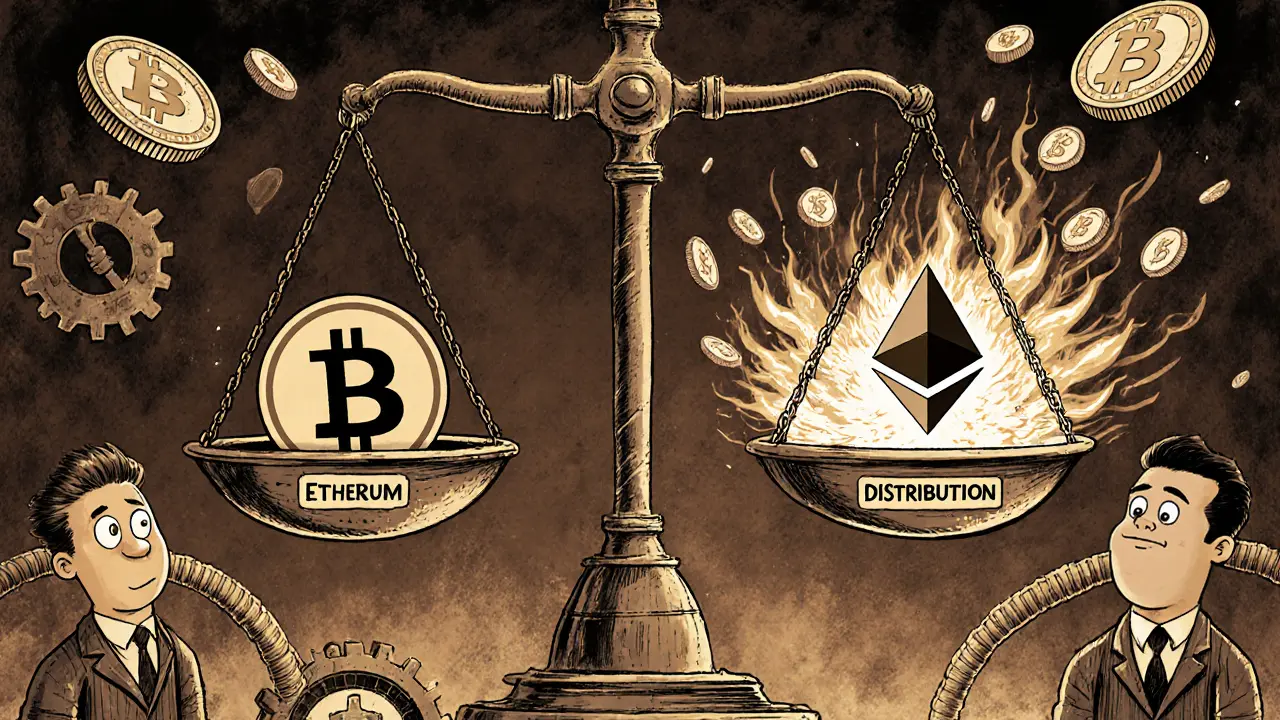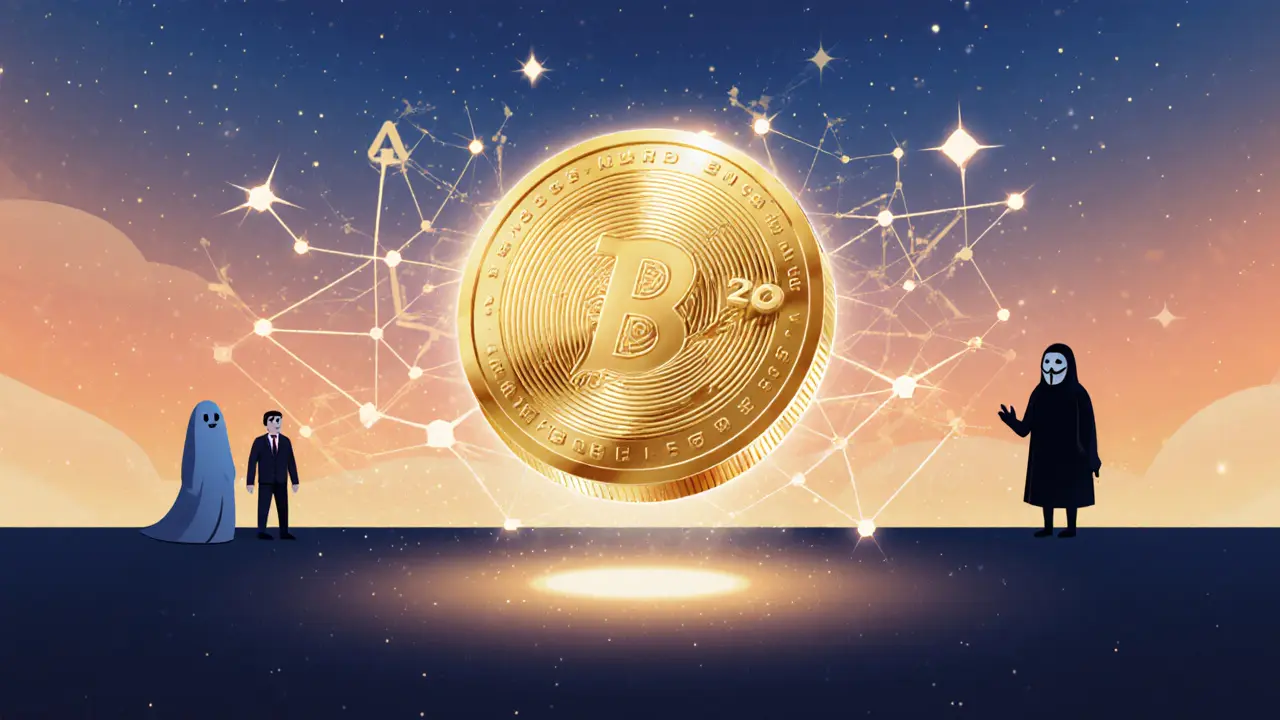Tokenomics: The Core of Crypto Projects
When diving into Tokenomics, the study of a token's economic design, supply mechanics, and incentive structures. Also known as token economics, it tells you why a token moves, who gets it, and how that impacts price. Another key player is airdrop, a free distribution of tokens to selected users, often used to seed a network and create early demand. Finally, token distribution, the plan for allocating tokens among founders, investors, community and reserves sets the stage for everything else. Together these pieces form the economic backbone of any blockchain venture.
How Tokenomics Shapes Value and Community
Tokenomics isn’t just a buzzword; it determines the real incentives behind a project. A well‑crafted supply schedule (total cap, inflation rate, burn mechanisms) defines scarcity, while utility design (staking rewards, governance rights, access to services) drives demand. Governance tokens, for example, let holders vote on protocol changes, creating a direct link between ownership and decision‑making. Airdrops can kick‑start that link by rewarding early adopters, but they also affect distribution fairness and market perception. Token distribution charts often show percentages for team, investors, ecosystem and community; spotting overly large team allocations can flag potential dumps, while a healthy reserve signals future growth funding. All of these elements—supply, utility, governance, airdrops—interact to form the project's economic engine.
Understanding tokenomics also means looking at on‑chain data. Metrics like circulating supply versus total supply, token velocity, and holder concentration give clues about long‑term sustainability. Projects that lock tokens for years or implement gradual vesting reduce sell pressure, supporting price stability. On the flip side, high inflation without clear utility can erode value quickly. When a token’s utility expands—think access to a DeFi platform, payment for NFT minting, or voting power—its demand curve shifts upward, often outpacing new supply. This dynamic is why many investors study tokenomics before committing capital.
Our collection below mirrors these ideas. You’ll find guides on real‑world airdrops like the SENSO token, deep dives into token‑specific economics such as ProStarter (PROT) and PAC Protocol, and practical tips on securing seed phrases that protect your holdings. There’s also analysis of exchange fee structures, blockchain genesis configurations, and even AI‑driven token models—all of which feed back into the broader tokenomics picture. Whether you’re hunting for the next airdrop, assessing a new token’s supply plan, or learning how governance tokens work, these resources break down the complex economics into bite‑size, actionable insights.
Ready to explore the nuts and bolts of token economics? Below you’ll discover detailed breakdowns, step‑by‑step airdrop claims, and critical reviews that help you gauge the health of any token’s economic design. Use this knowledge to spot strong projects, avoid hidden traps, and make smarter moves in the fast‑changing crypto landscape.

Token Distribution Models Explained: How Crypto Projects Allocate Tokens Fairly and Sustainably
Caius Merrow Dec, 7 2025 0Token distribution models determine how crypto tokens are allocated among investors, teams, and communities. Learn the five key methods, vesting schedules, legal risks, and what makes a model sustainable-or doomed.
More Detail
Tokenomics in Fundamental Analysis: How Economic Design Drives Cryptocurrency Value
Caius Merrow Nov, 24 2025 0Tokenomics is the economic design behind cryptocurrencies that determines how value is created, distributed, and sustained. Learn the key components-supply, utility, distribution-and how to spot real projects from scams.
More Detail
Banus.Finance (BANUS) Crypto Coin Explained - Risks, Tokenomics & DEX Overview
Caius Merrow Sep, 21 2025 10A detailed look at Banus.Finance (BANUS) crypto coin, covering tokenomics, DEX features, market data, risks, and how to acquire it.
More Detail